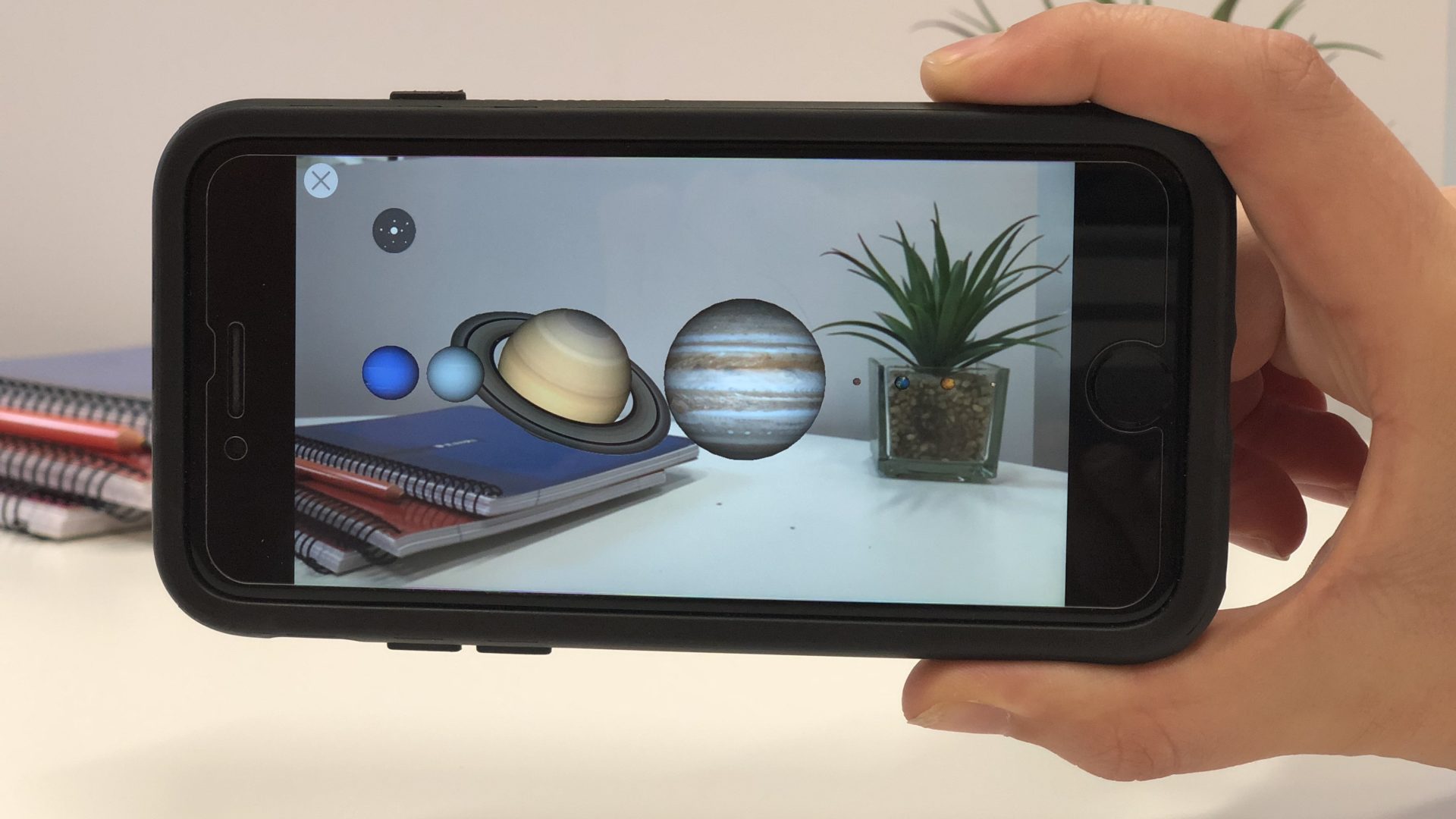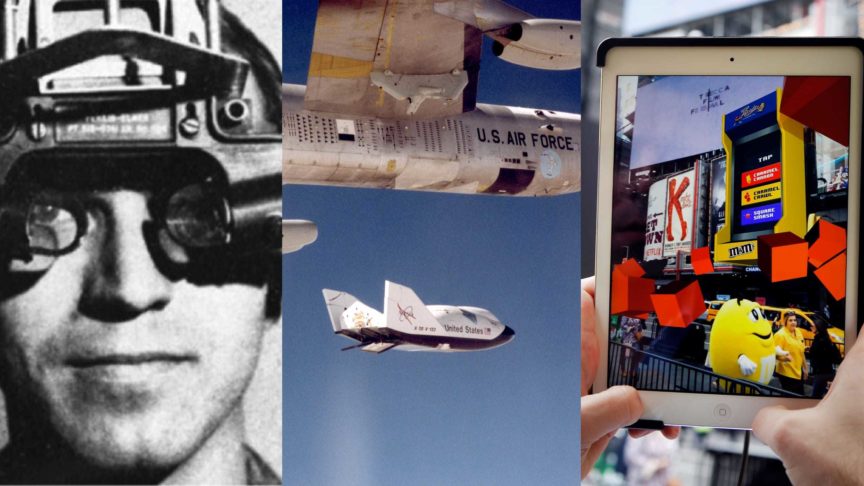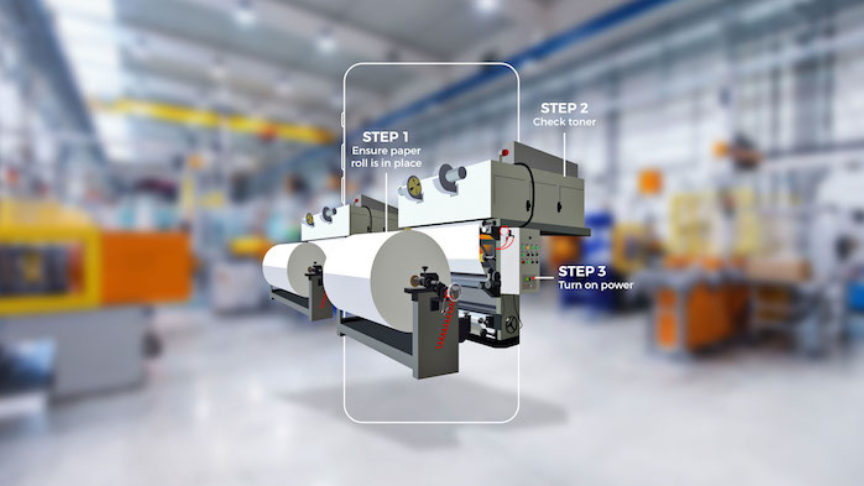How To Bring Augmented Reality To Your School
October 20, 2016
How To Bring Augmented Reality To Your School

Augmented Reality is a technology breakthrough that is transforming the way teachers are engaging students in a classroom. From students seeing the whole world in their hands to educators creating interactive notebooks, we are seeing visualisation through augmented reality in education as a default method to teach complex subjects.
To explain how educators are using augmented reality in the classroom, I want to highlight some of our learnings from various schools who have adopted augmented reality in their classrooms.
Use existing content
There is an immense amount of content already out there and much of it is freely available for education: OERs and the likes of Khan Academy. Moreover, educators end-up creating their own content to supplement teaching in the classroom. This is where augmented reality can play an important role in organizing your existing content and guiding students through the maze of digital and physical information.
Let’s take a real-life example. The image below, shared with us by an educator, provides a chemistry equation: “Propane when combined with oxygen gives 4 molecules of hydrogen and 3 molecules of Carbon dioxide”. Does that sound complicated? Yes, it does! Especially to 10 year olds who need to figure out the position of each atom in the periodic table, remember what a combustion equation is, and calculate the number of molecules. However, this member of our educator community has solved this problem for students - try it yourself.

(Aim your Blippar App at the above image to see how an educator transformed a chemical equation into an immersive learning experience).
Encourage activity based learning
Augmented reality can be a powerful catalyst to learn a range of different subjects through activity based learning. Interactive walls, outdoor activities, and colouring exercises are some of the many examples of how educators have brought the entire class together to perform a common activity. We have seen students begin to build upon observations, forming questions, and working creatively towards a project that encourages peer to peer learning. Blippar also facilitates activity based learning by offering student-friendly aids, easy access to materials within the group, and group admin rights to educators to monitor progress. It has been encouraging to see students move through the different layers of a challenge and to use self-help videos to work independently to make progress on activities. More students are able to test their knowledge without a teacher being involved in the first instance and are able to devote their class time to applied learning activities.

Word Wall 2.0 - Music teacher Amy Rever at Hart’s Middle School created an interactive wall with her students
Share resources
At Blippar, we encourage educators to share the AR experiences they create for the benefit of the wider community. Have a look at our inspiration page, where you can find some examples of how your peers have adopted augmented reality in the classroom.
How to get started
We are committed to help our educator community bring augmented reality to their classrooms. To help you get started we will provide a live demo of our tools and send you a comprehensive toolkit. We take educator feedback seriously and work towards making a difference with our educator product suite. that leads to higher personalisation and deeper learning.
Sign up for free to our AR creation tool and find out more about augmented reality education.



